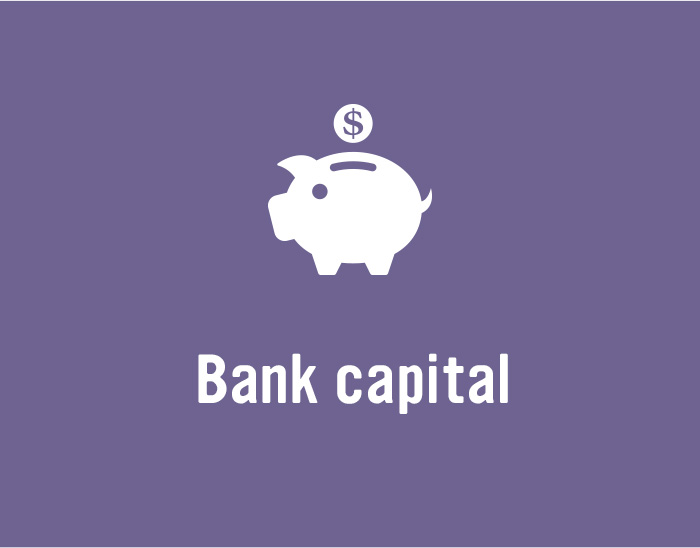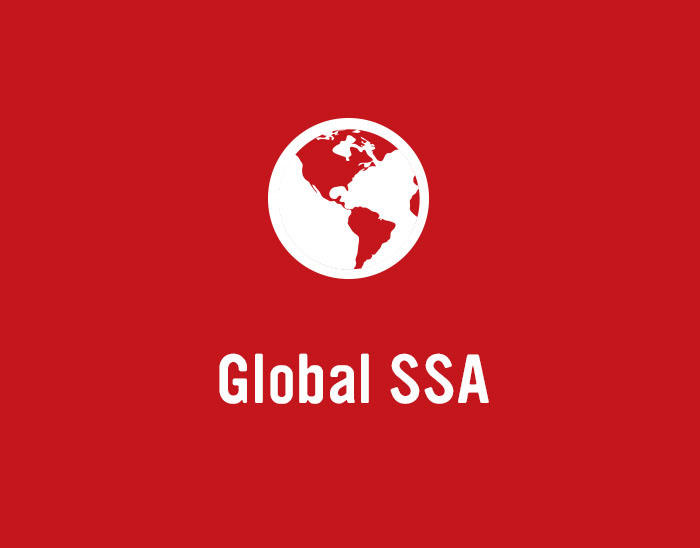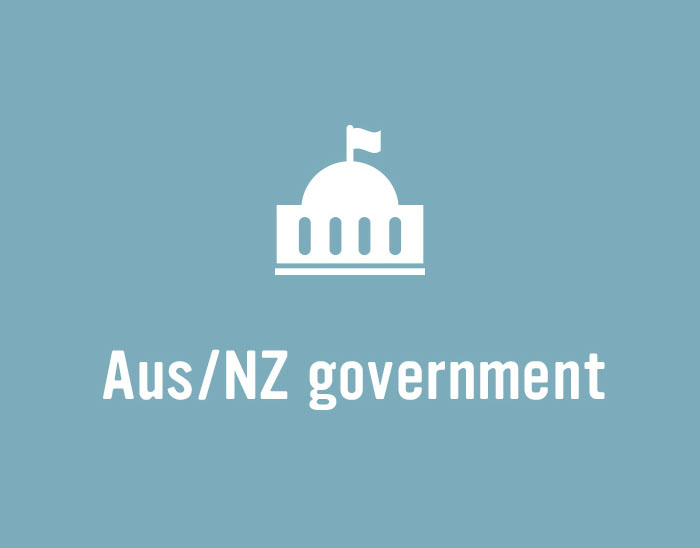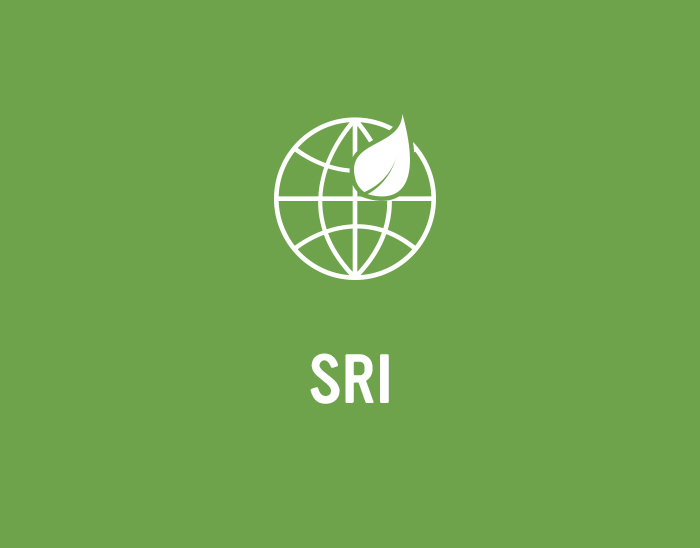
News

An end to central bank funding saw a rebound in bank issuance in capital markets in 2022. This activity bolstered an Australian credit market that otherwise struggled for diversity – on the issuer and investor side. Meanwhile, the New Zealand market and the Australian high-grade sector were remarkably consistent in their volume of issuance despite rapidly changing market dynamics.

Australian and New Zealand corporate borrowers were somewhat less active in the US private placement market in 2022 than they have been historically. But participants at a roundtable hosted by KangaNews and MUFG Securities in Miami in January note that this was in line with dramatically reduced corporate issuance across the board, and suggest US private placements will be a favoured option as soon as supply picks up.

The focus of commentary in the Australian securitisation market has tended to be on borrowers’ ability to keep making loan payments as higher interest rates cut deeper into household balance sheets. But investors are also paying close attention to technical factors in the structured finance asset class, including the potential for some deals not to be called at the earliest opportunity.

The Australian and New Zealand securitisation sector has grown significantly in recent years, driven by a proliferation of nonbank lenders. With rates rising for the first time in years and an economic downturn on the horizon, the market is readying itself for ongoing challenges. But participants at the Australian Securitisation Forum’s annual conference, which attracted a record attendance to Sydney at the end of 2022, say the industry is well positioned to manage them.

Australia’s largest banks typically move quickly to get ahead of wholesale funding tasks with substantial offshore issuance at the start of the calendar year. With a big refinancing task ahead, 2023 has been no exception. Bank treasuries say a conducive buy side supported a particularly busy start to the year, while some market sources say it was also a case of making hay while the sun shines.

The Australian Sustainable Finance Institute has laid out core recommendations for the proposed form of an Australian sustainable finance taxonomy. The taxonomy will provide the basis for quantifying climate impact and risk at organisational level, which in turn will lay a foundation stone of a forthcoming mandatory climate risk reporting regime.

Favourable Australian dollar swap dynamics and elevated investor appetite for high-grade paper propelled the supranational, sovereign and agency Kangaroo market in early 2023, with January one of the biggest issuance months for several years. The surge in issuance came despite a relatively weak bid from Japanese investors, which have until recently been a main supporter of Kangaroo issuance.

A comfortable oversubscription and price tightening greeted National Australia Bank’s return to domestic tier-two issuance on 1 March. The bank’s deal was the second domestic tier-two benchmark by a big-four bank in 2023 – the first at 10-year non-call five tenor – and achieved the tightest margin on this type of issuance since April last year.




